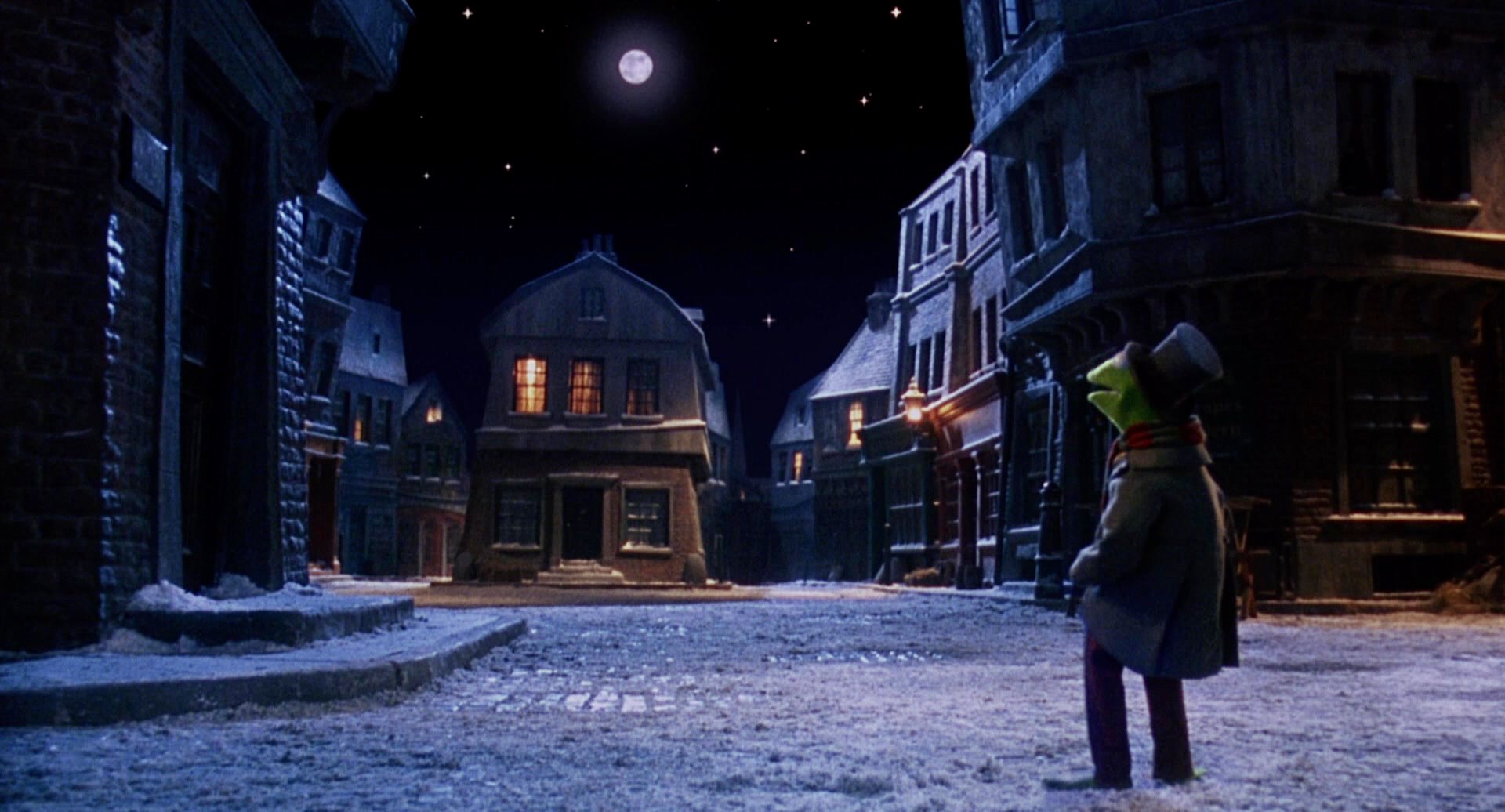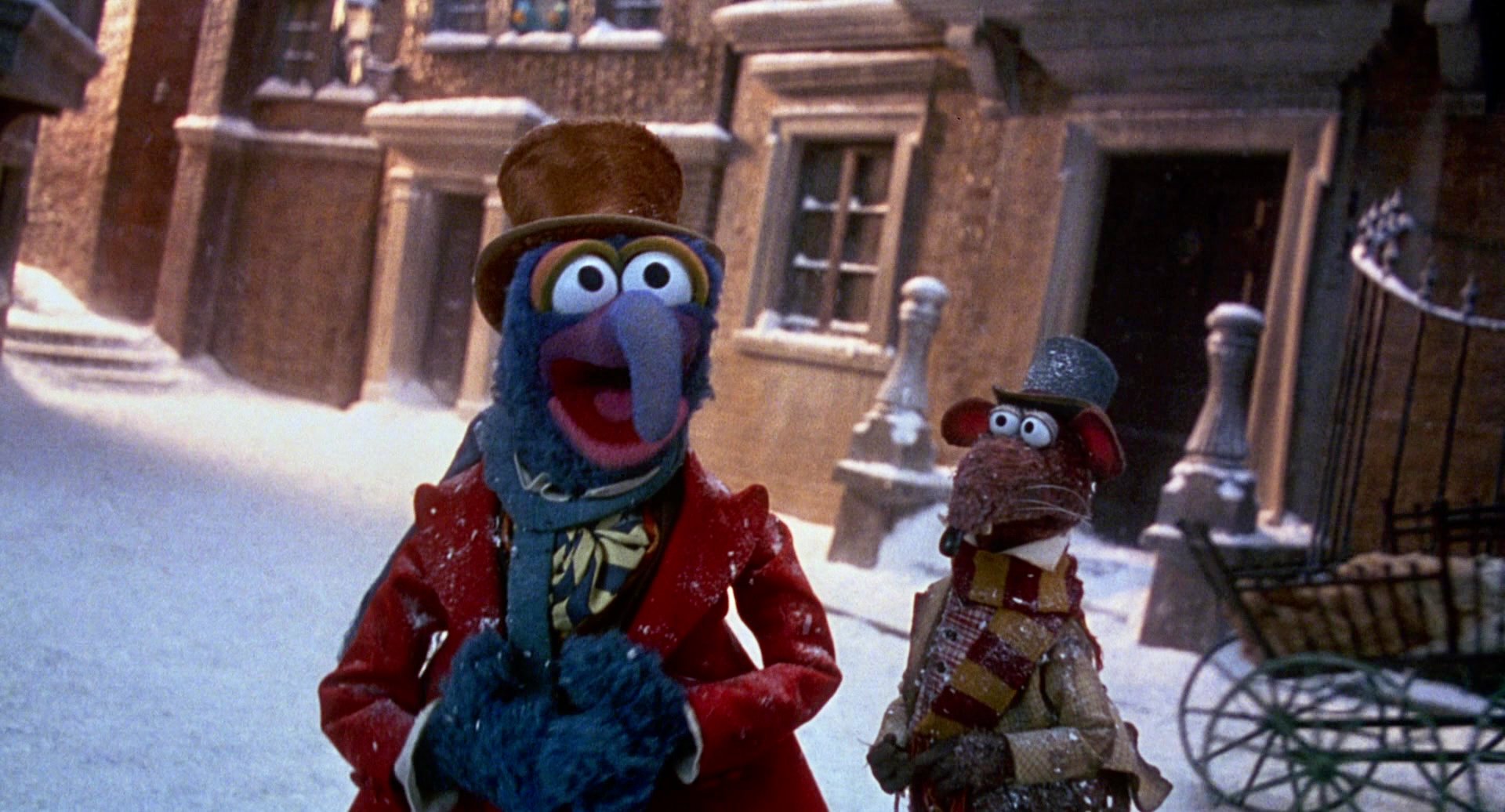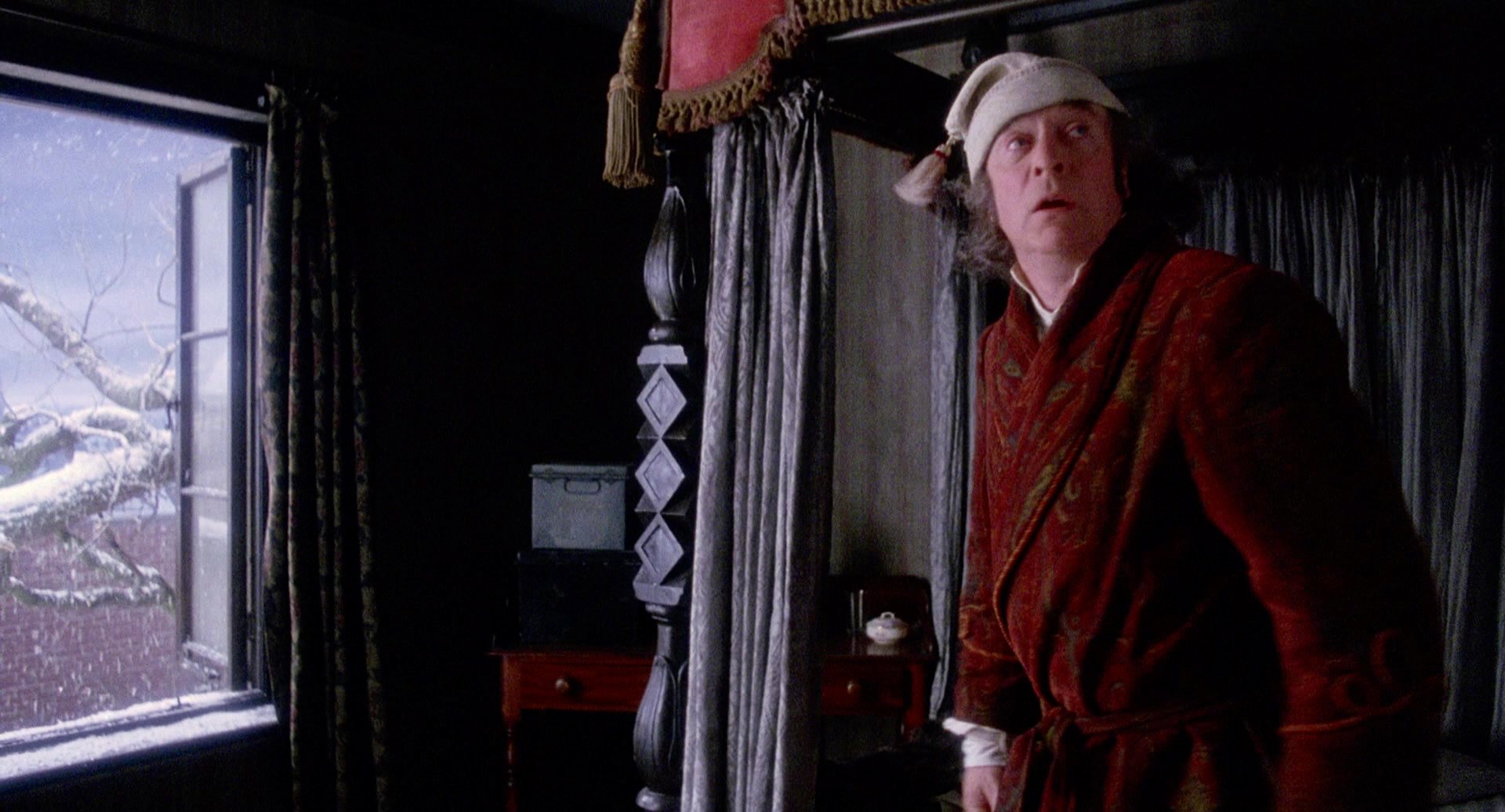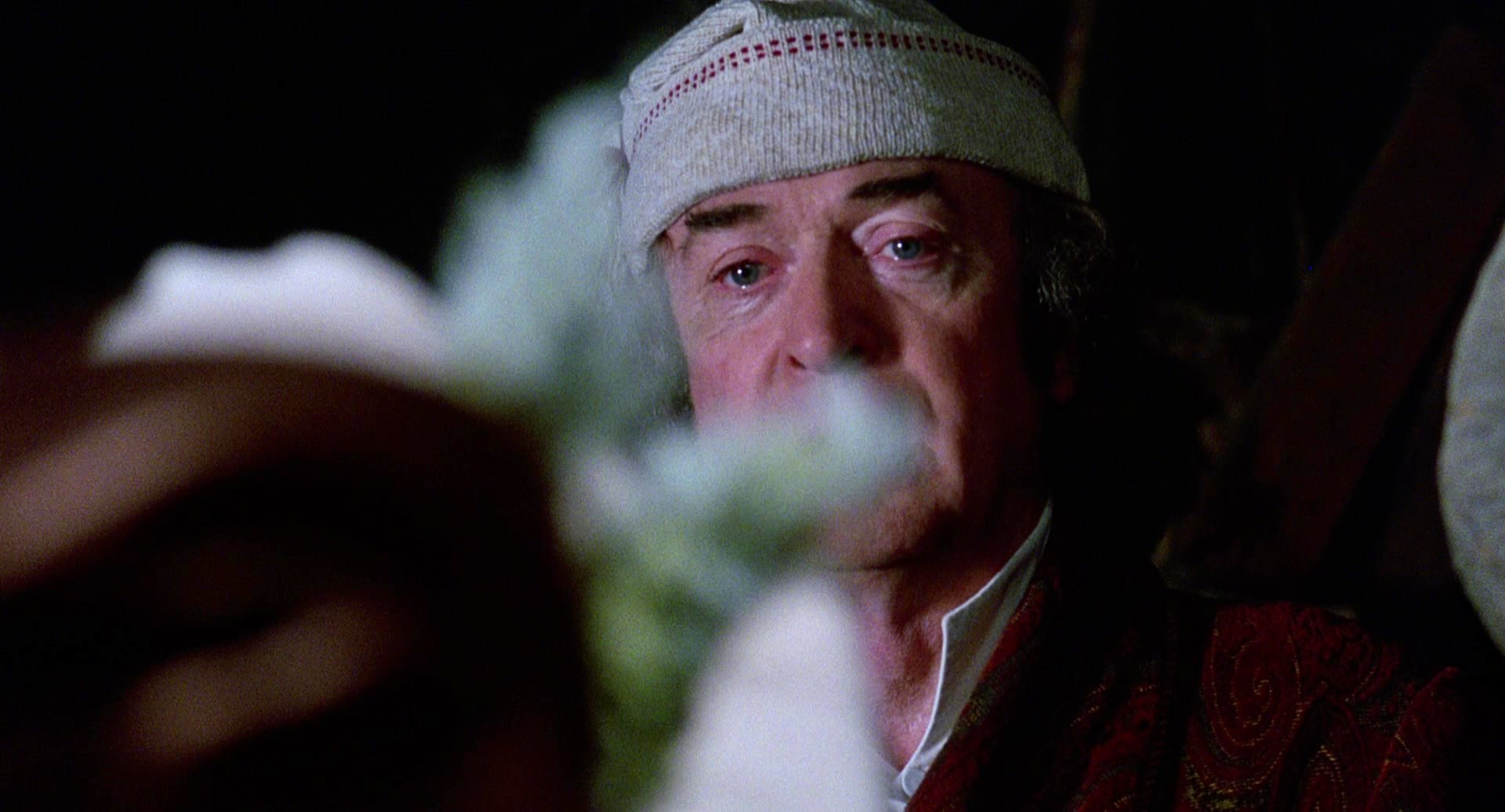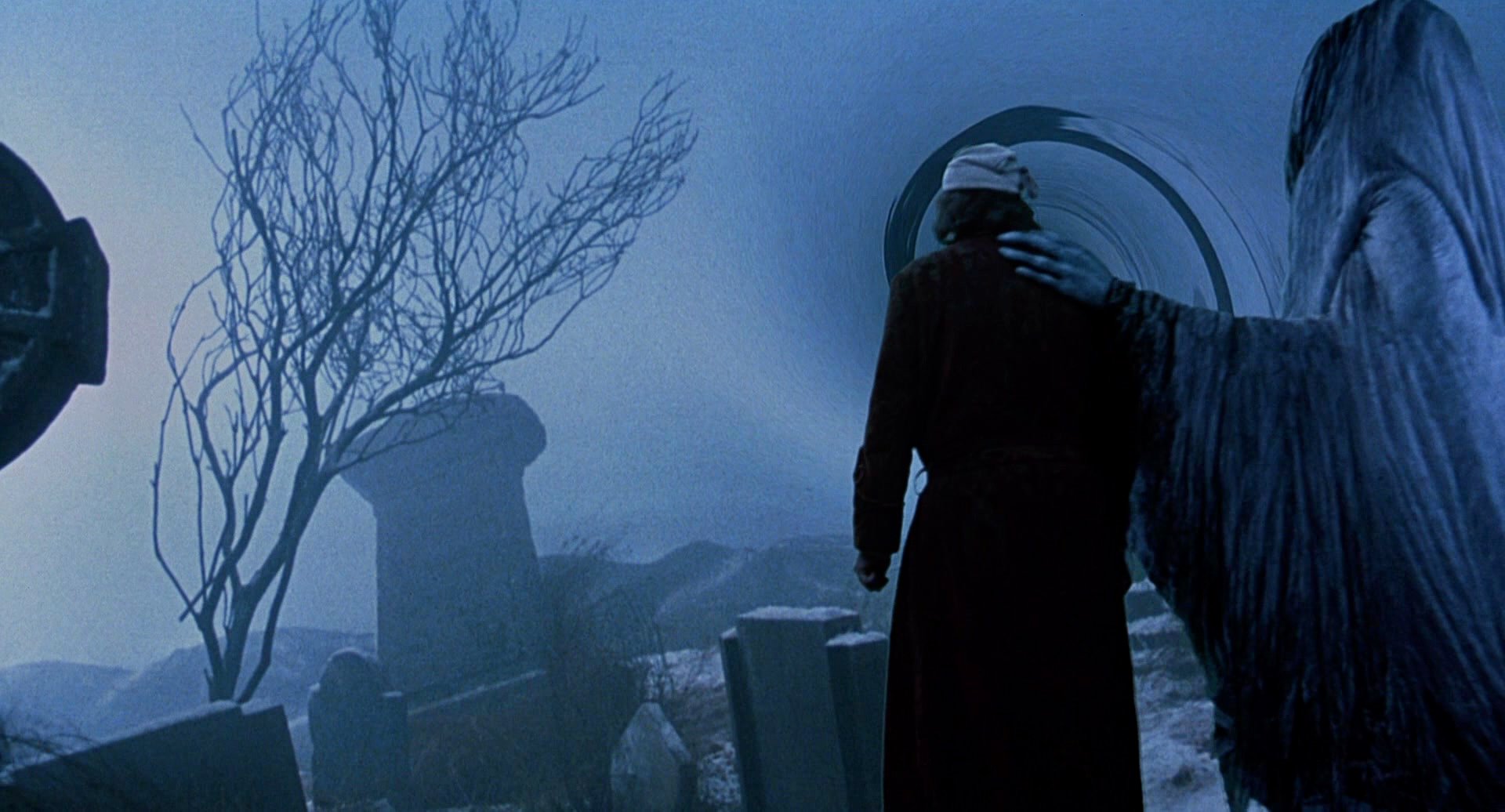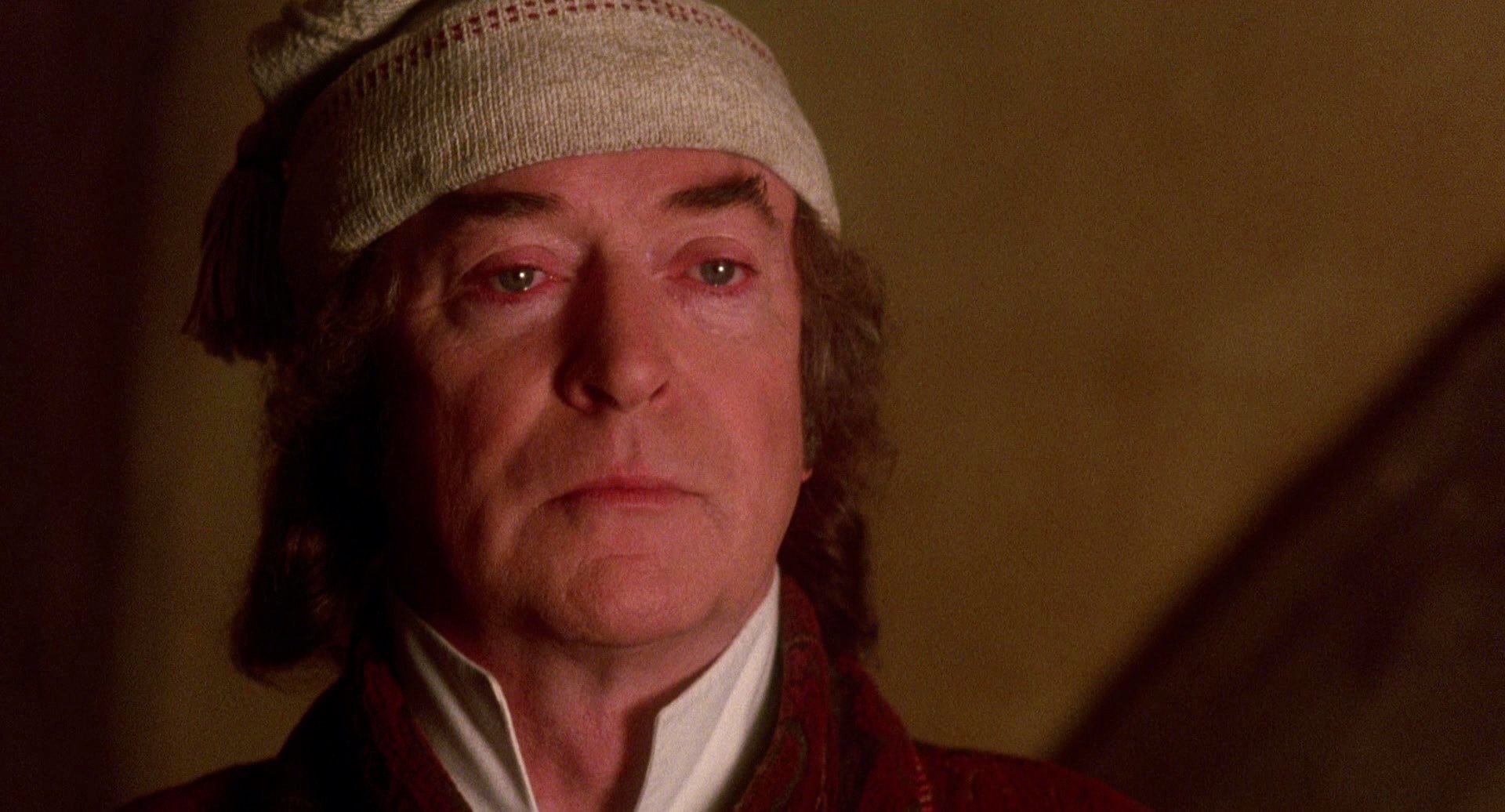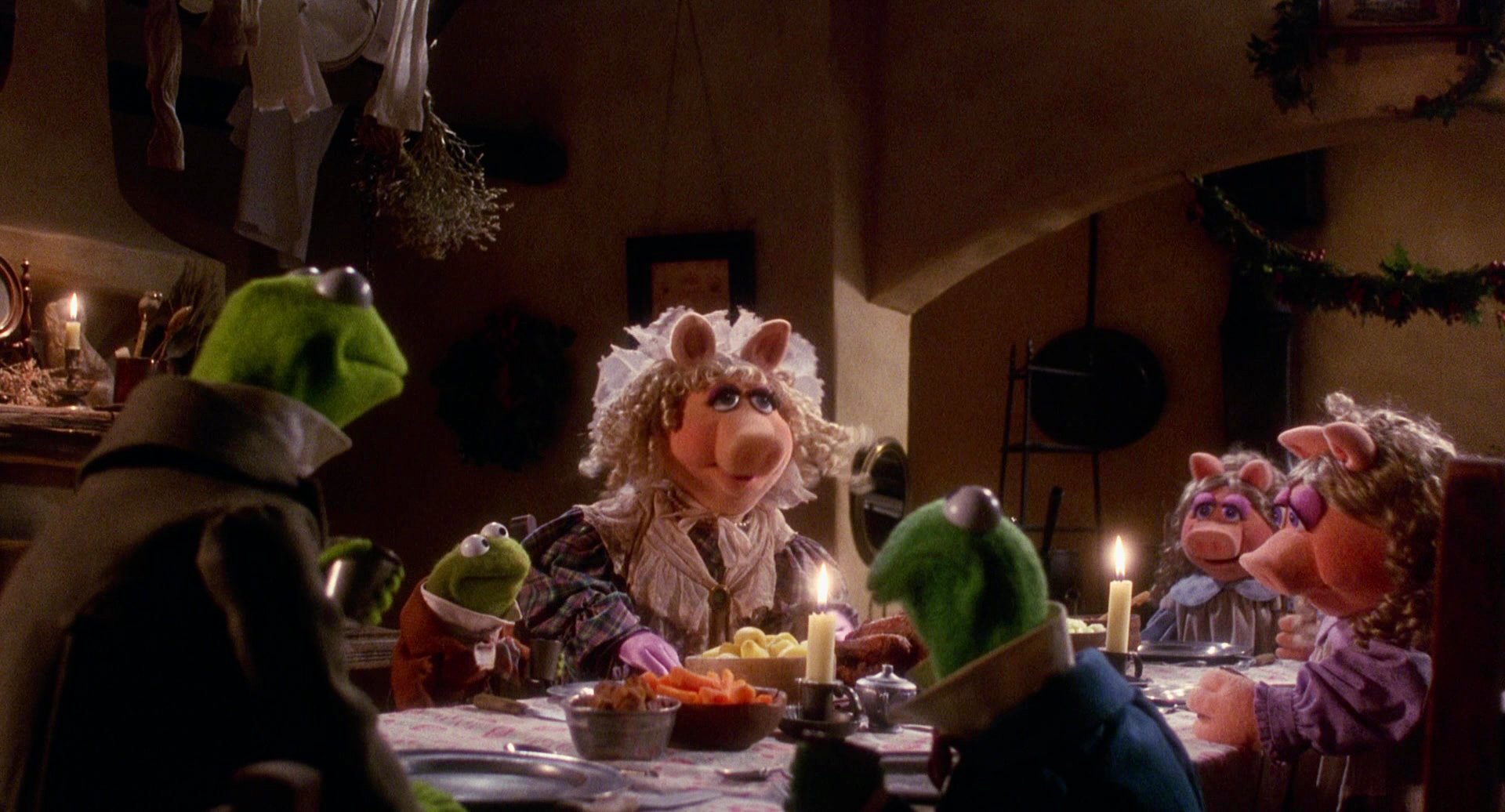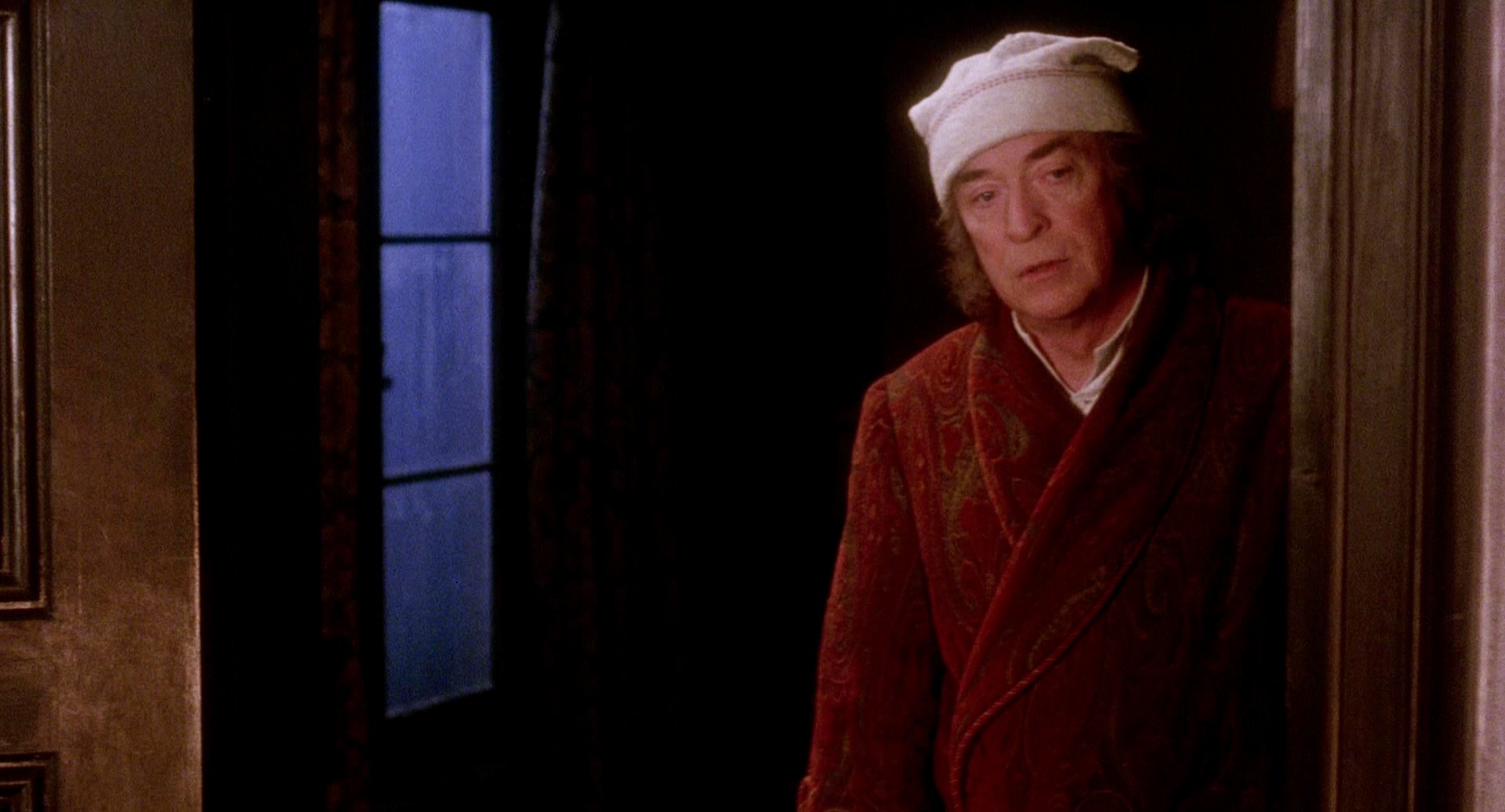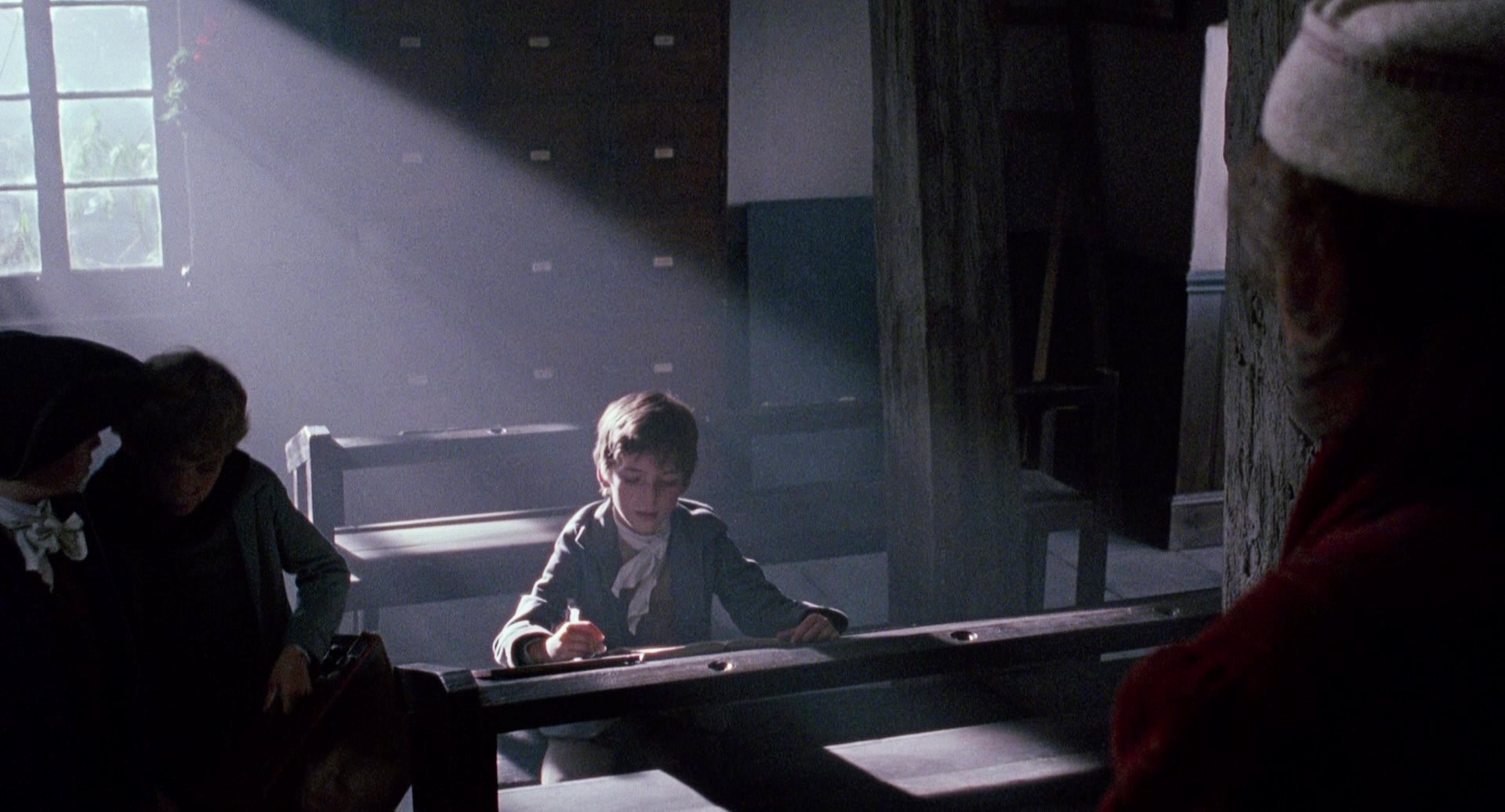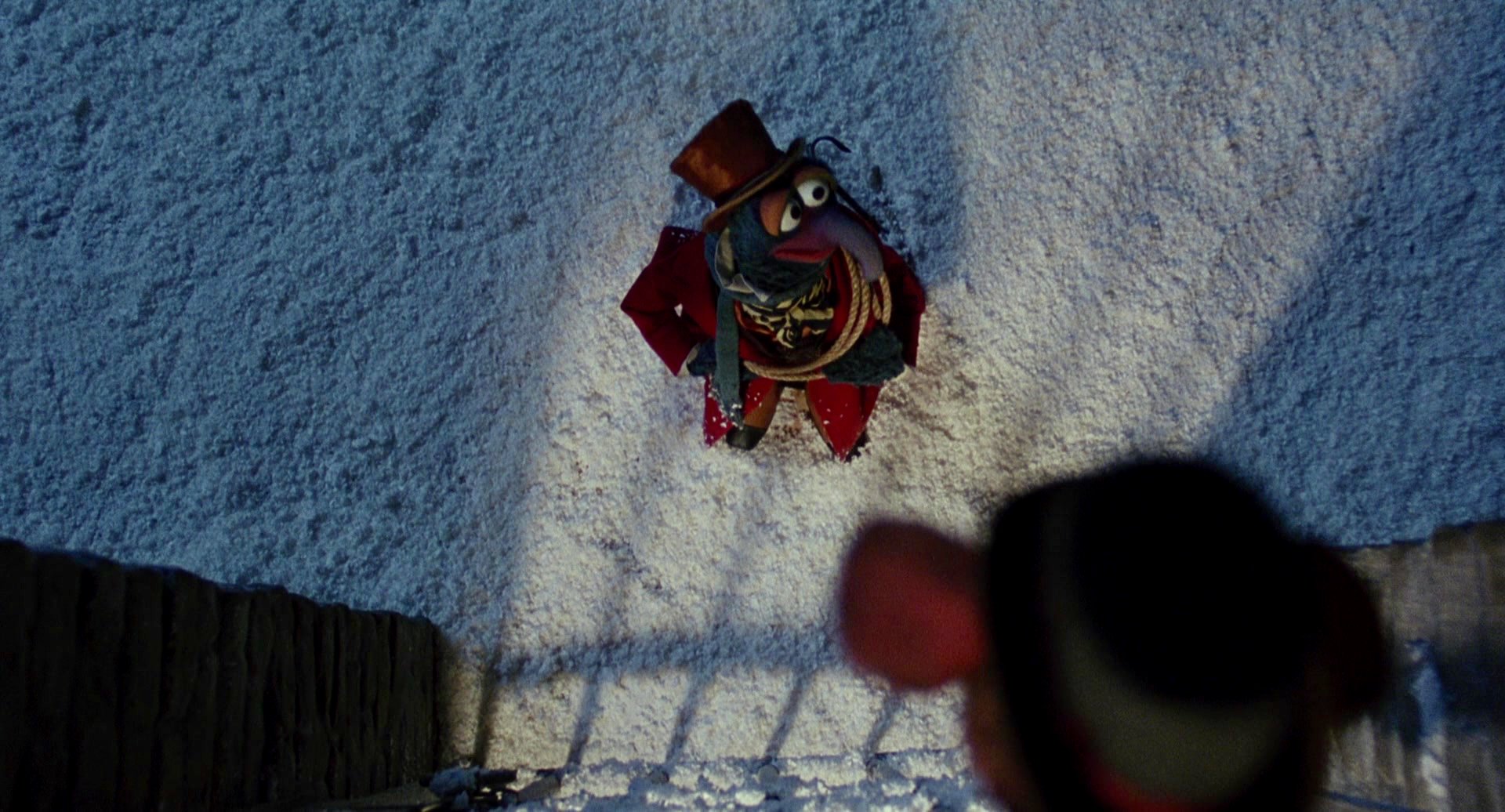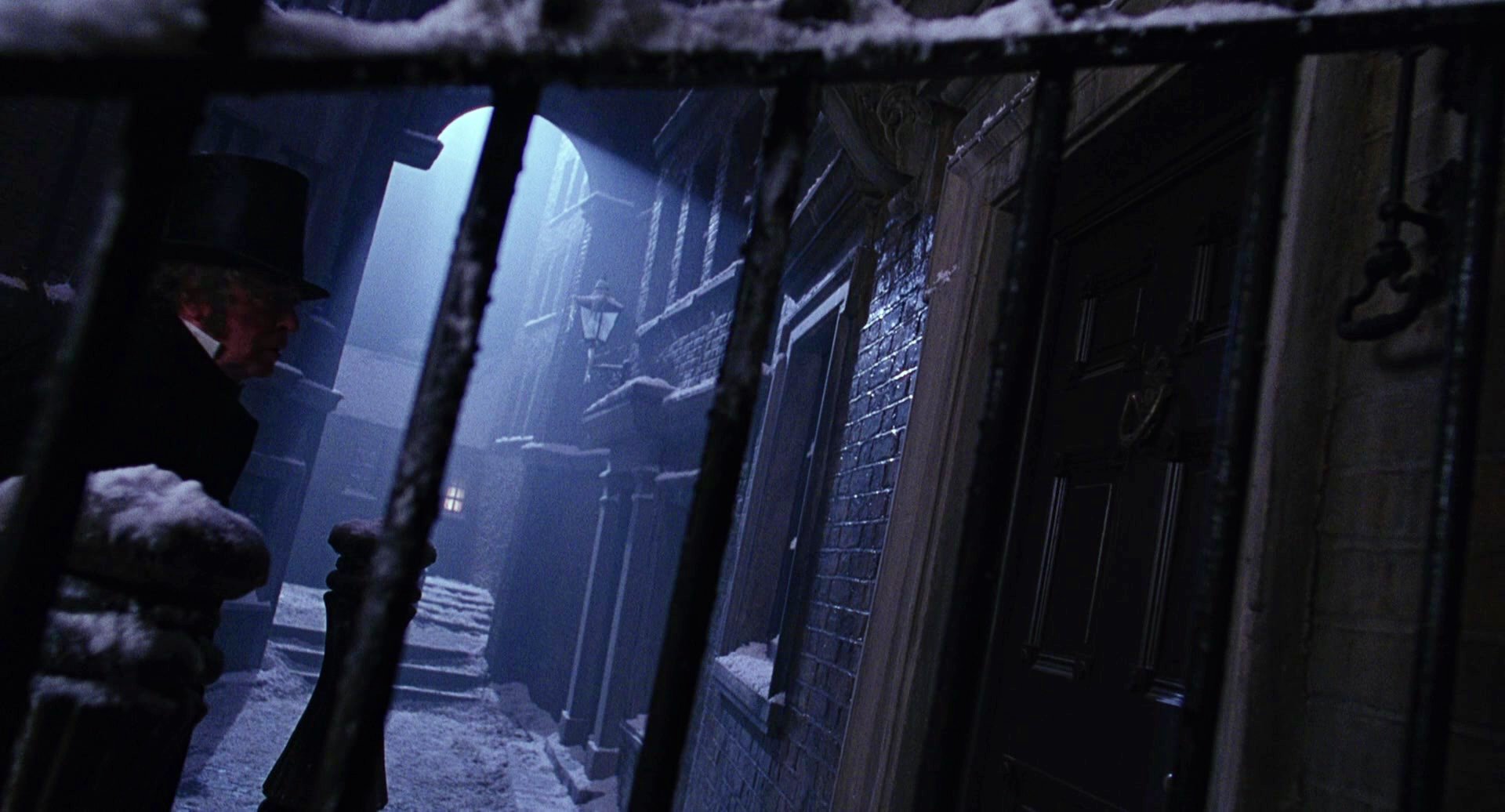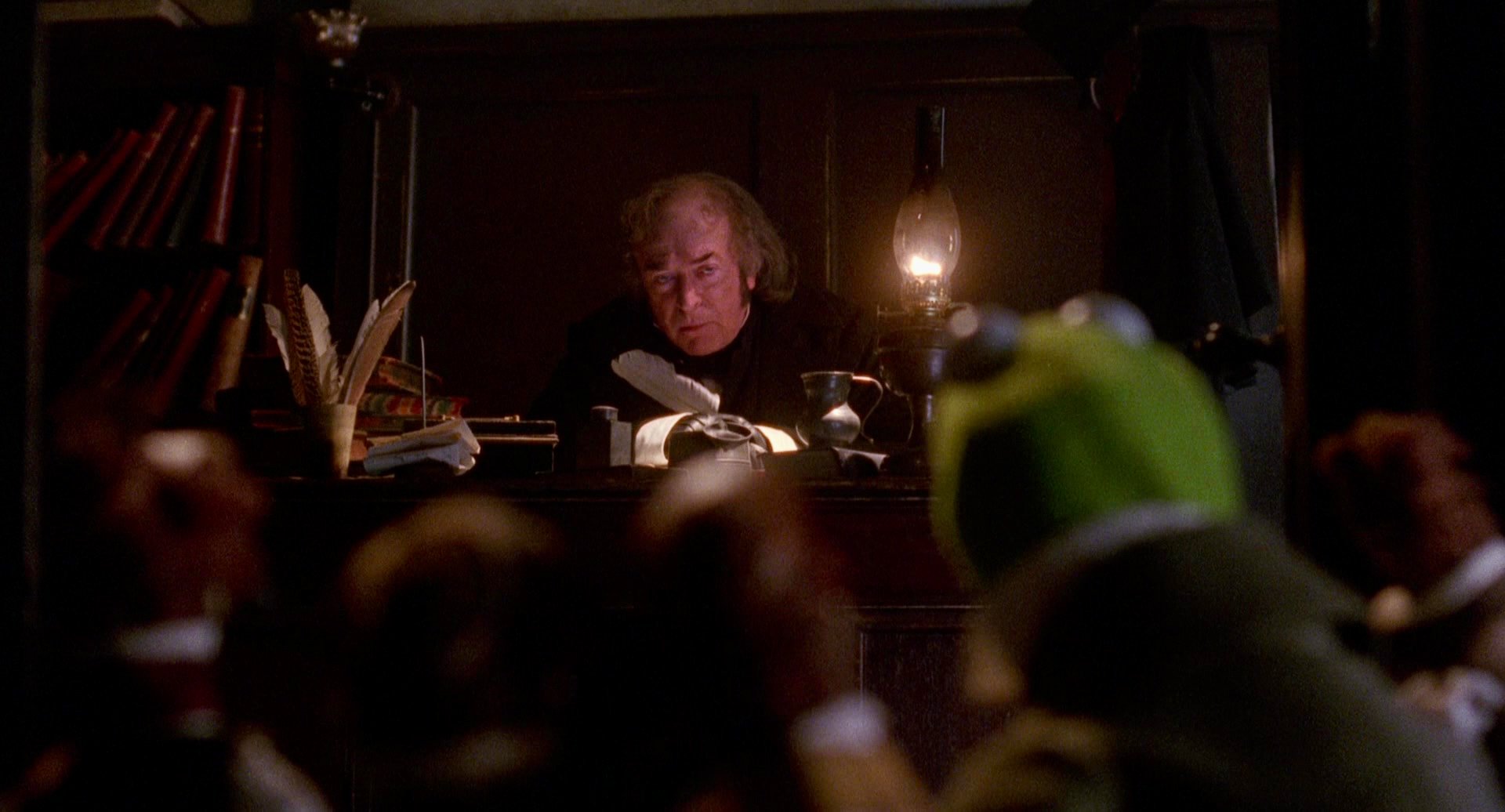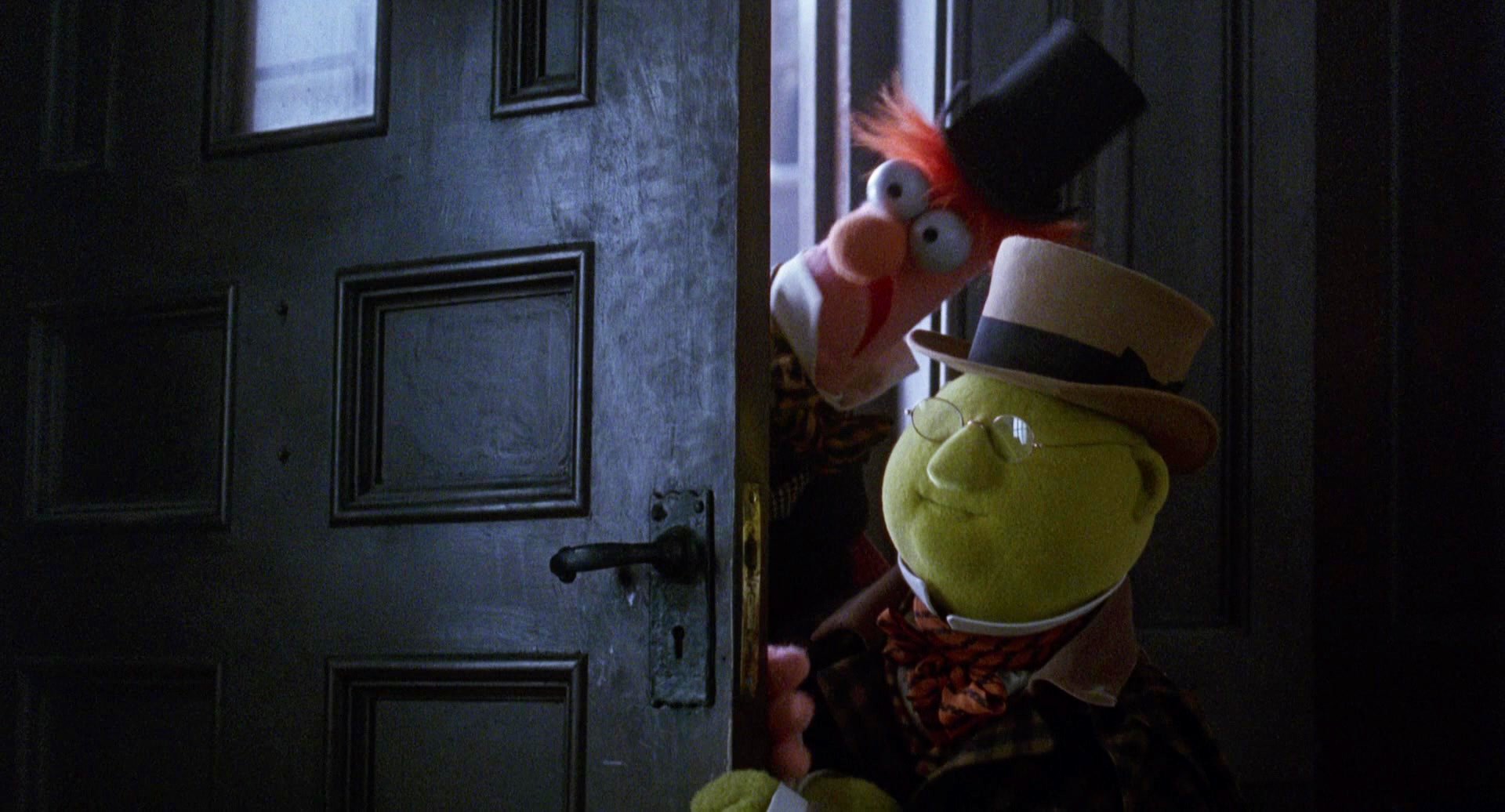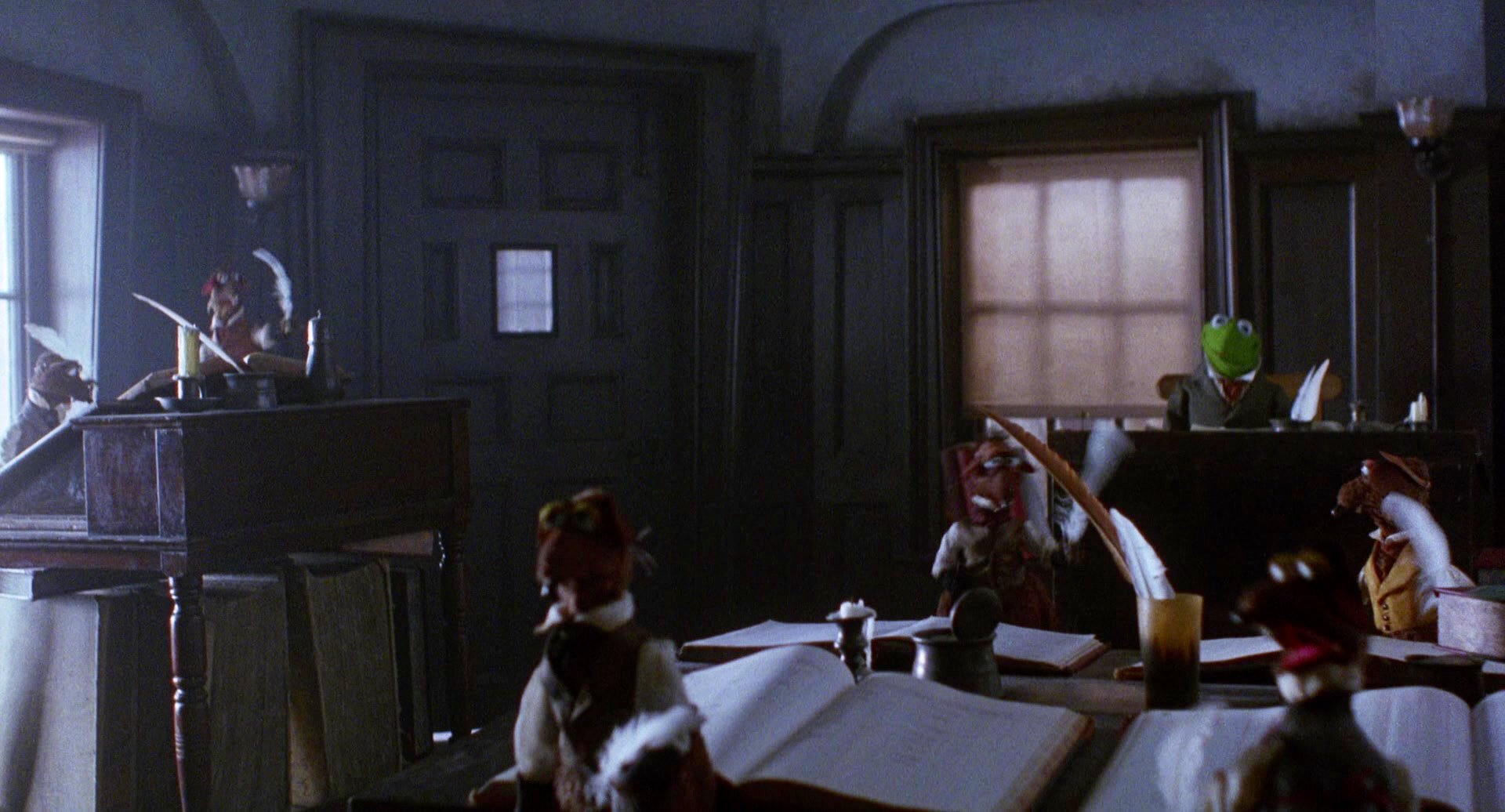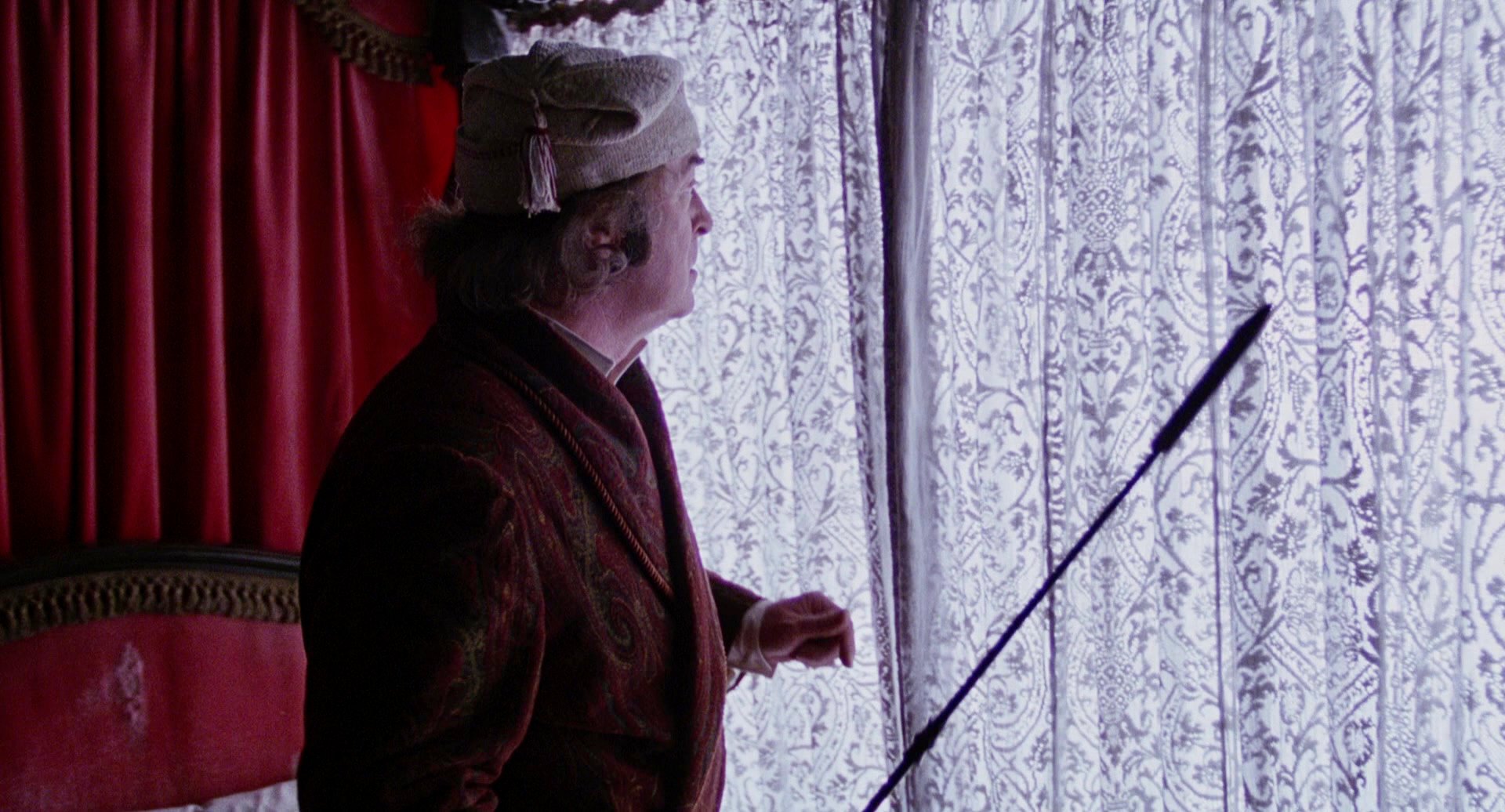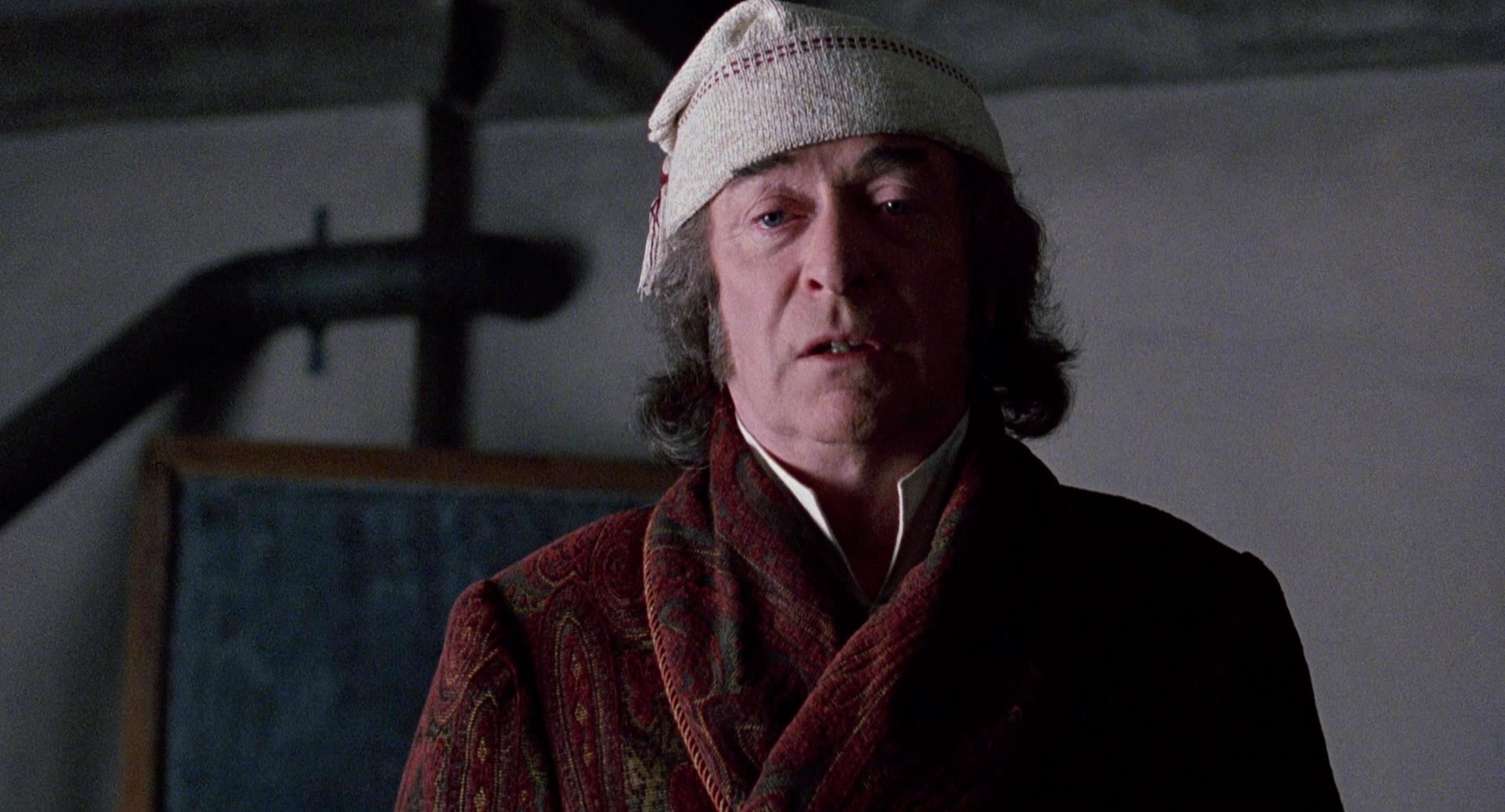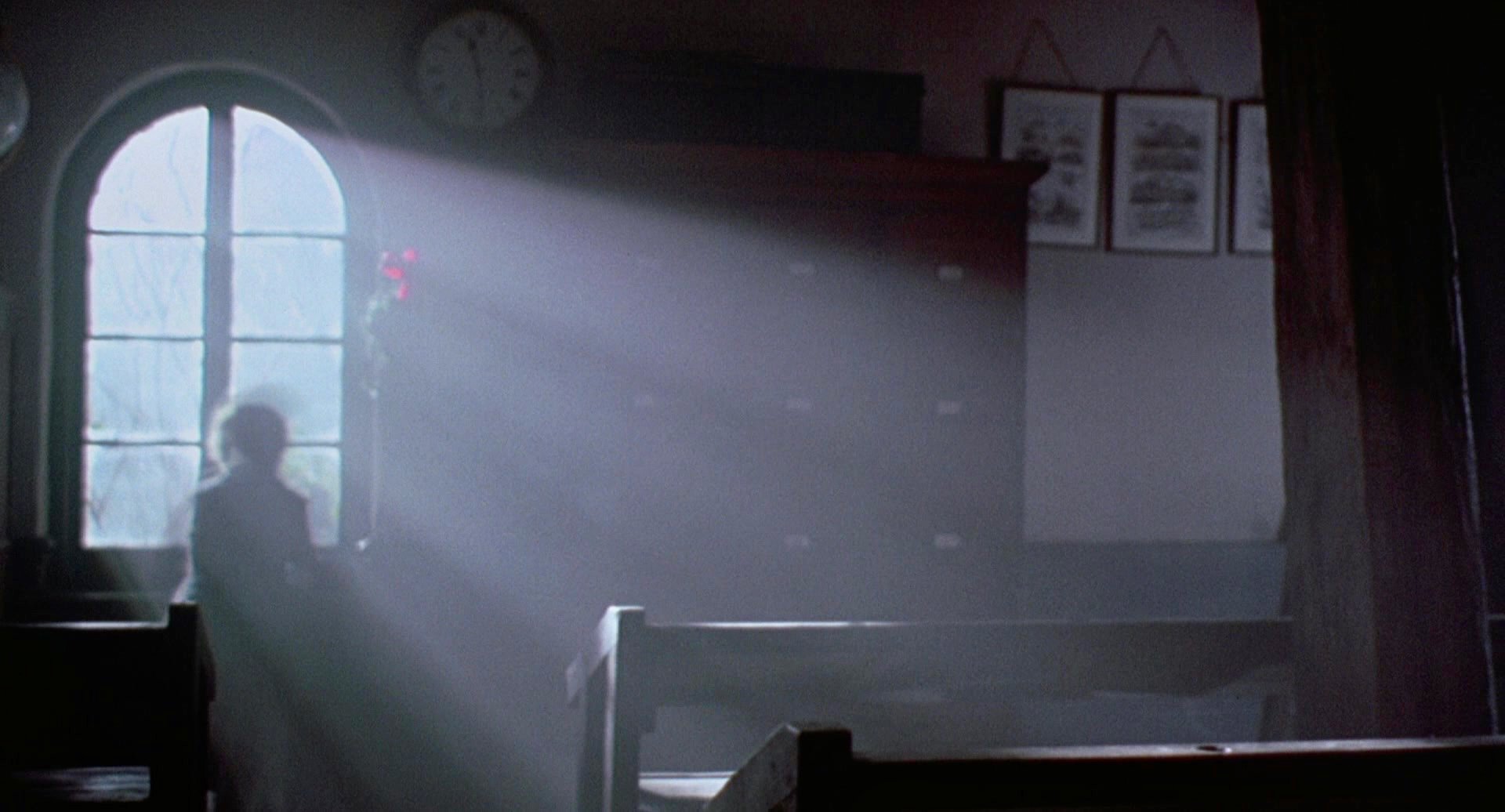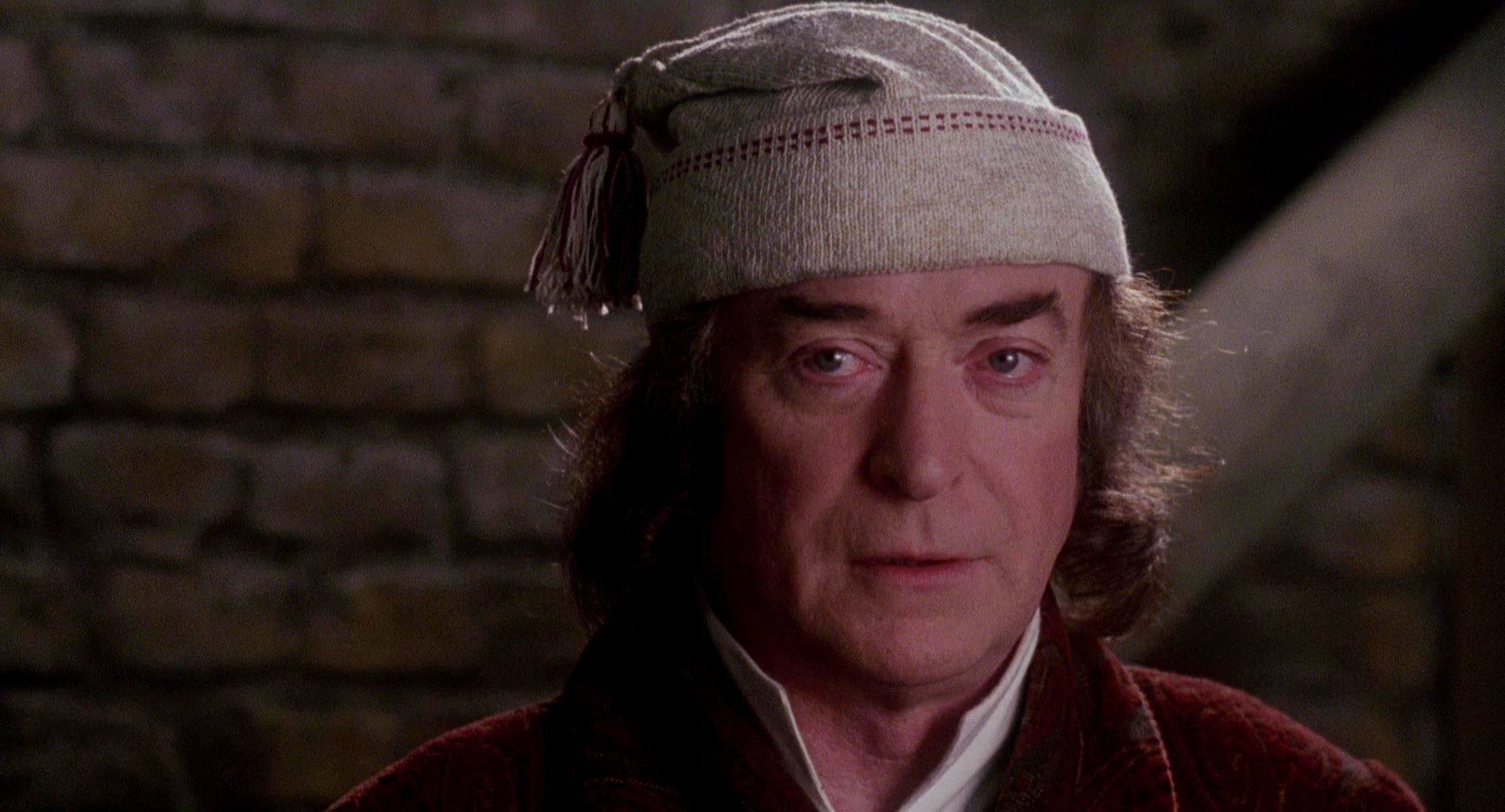There are plenty of versions to chose from when watching a rendition of Charles Dickens’s ‘A Christmas Carol’ on the screen. As a child, the Muppets’ film was always my favorite take on this classic tale. Revisiting the film as an adult, I realize that I liked it for good reason—’The Muppet Christmas Carol’ is a wonderful work, crafted with an exquisite care for the Muppets touch that blends together a moving story, vivid immersion, and pristine cinematography.
First-time director Brian Henson, son of Muppets creator Jim Henson, made ‘The Muppet Christmas Carol’ (1992) in the wake of his father’s death in 1990.
Speaking to The Guardian in 2015, Brian Henson explains the context of the film’s inception: “my father, Jim, passed away in 1990. He had done three Muppet movies, and I didn’t want too much of a direct comparison between me and my dad…We set to work on the script. The Muppets are famous for questioning the status quo, and anti-establishment irreverence, so we took that and pointed it at Charles Dickens…nobody had ever captured Dickens’s prose – the wonderful way he described the scenes. So we had to put Charles Dickens in the movie [played by Gonzo].”
Michael Caine, Miss Piggy, and Kermit. Image via The Vinyl Factory.
The casting and performance of Michael Caine is one of the film’s greatest strengths. Henson continues, “when I met Michael Caine to talk about playing Scrooge, one of the first things he said was: ‘I’m going to play this movie like I’m working with the Royal Shakespeare Company. I will never wink, I will never do anything Muppety. I am going to play Scrooge as if it is an utterly dramatic role and there are no puppets around me.’” This performance—combined with the backdrop of beautiful sets, a heartwarming narrative, Muppets humor and parody, and classic cinematography—makes the film enduring and moving. The film “draws on yearnings for snowy Victorian Christmases and expertly balances humour, dread and sentimentality,” writes Andrea Wright at The Conversation.
Realizing live-action puppetry, human-actor performance, and a believable 19th-century London setting was surely no easy feat for the filmmakers. While not many written resources exist about this production, the July 1979 issue of American Cinematographer highlights the extensive testing that went into the production for the first Muppets movie in 1979. The focal length of lenses, shot composition of the action, and style of light and images—technical filmmaking decisions with creative implications—are all crucial to create a believable world on screen and to elicit an emotional response from the audience. These choices coincide with the practical necessities of filming puppetry. As a child, I believed the world of ‘The Muppets Christmas Carol’ without question, including the cohabitation of humans and muppets and the backdrop of the Dickens world that they inhabit. Not only did the world feel real, but it felt magical, somewhere I wanted to be transported to. Like all great childhood films, ‘The Muppets Christmas Carol’ captured my imagination.
Director Brian Henson and cinematographer John Fenner on the set of ‘Muppet Treasure Island’ (1996). Image via IMDb.
Cinematographer John Fenner, who also photographed ‘Muppet Treasure Island’ in 1996 and ‘Teenage Mutant Ninja Turtles’ in 1990, got his start as a gaffer, also known as a chief lighting technician, and other roles in the lighting department during the 1970s and 1980s. This apprenticeship in light is evident in the cinematography of ‘The Muppets Christmas Carol.’ The film has a beautiful contrast between soft light on character’s faces—often from the side, a staple of cinematic lighting—with hard lights from the crisp, cool, wintry windows, sometimes falling onto the characters for shape and edge. The humans and muppets coexist with visual ease. Fenner lensed the film with Leica glass, and my guess is that he used diffusion filtration in front of the lens (or behind, such as a net) to give the frames more character and to further soften and bloom the light. The effect is an overall quality that contributes to a dreamy, wintry feel, but not at the expense of sharpness, detail, and photographic believability. The photography is stylish, but in a way that adds to the story and world without distracting the viewer. The optical elements combine with the production design’s detailed sets. The built, detailed foreground elements pair with—to my eye—painted backdrops and rear projections, as well some use of green and blue screen backdrops (seen in behind-the-scene pictures) for special effects. These elements all increase the depth and scope of the setting. The film has rich colors, where the cooler sunlight will often play against warmer, period-appropriate fixtures. The camera is simple, with dolly moves and traditional compositions, but sometimes utilizes tilted (Dutch) angles and odd frames to add a touch of fun and zaniness—it’s a Muppets movie, after all. Shot on 35mm film with a timeless quality and finish, the film feels cinematic and has aged well.
‘The Muppets Christmas Carol’ reminds me of the wonder of movies and the power of a great human story. It streams on Disney+. I’ve included some frames below that I enjoyed and compiled via Fancaps, a website for movie stills. Merry Christmas and happy holidays.
- GJF
